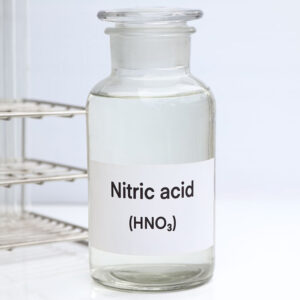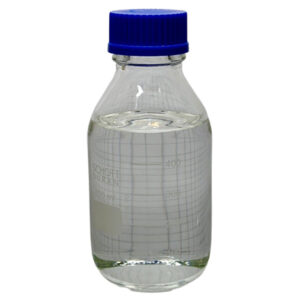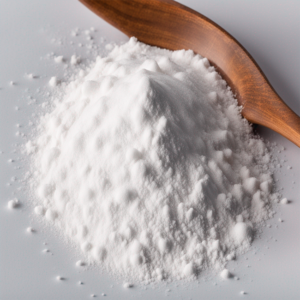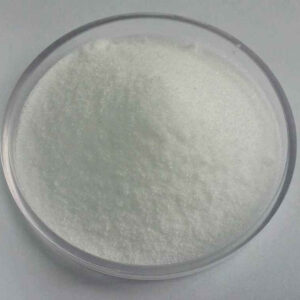Ammonium Perchlorate (CAS 7790-98-9, NH₄ClO₄) is a high-purity oxidizer widely used in aerospace, defense, and industrial applications. Available in various grades from trusted chemical suppliers.
Applications
- Aerospace Industry: Primarily used as a strong oxidizer in rocket propellants, such as solid fuel propellants.
- Military & Explosives: Used in the production of specialized explosives and pyrotechnic oxidizers to enhance combustion efficiency.
- Chemical Industry: Applied as a strong oxidizer in specific organic and inorganic synthesis processes, such as oxidation reactions.
- Laboratory Reagent: Utilized in chemical analysis, preparation of standard solutions, and catalytic synthesis research.
- Electronics Industry: Used in the production of special electronic materials, such as high-purity chemicals and electronic-grade reagents.
- Pulp & Paper Industry: Applied in paper bleaching or chemical treatment processes under certain conditions.
- Textile Industry: Used in specific chemical processes for textile treatment.
Hazard Identification
GHS Classification:
- Oxidizing Solid (Category 1)
- Acute Toxicity (Category 4, Inhalation)
- Skin Irritation (Category 2)
- Serious Eye Damage (Category 1)
Hazard Statements (H Codes):
- H271: May cause fire or explosion; strong oxidizer.
- H315: Causes skin irritation.
- H319: Causes serious eye irritation.
- H335: May cause respiratory irritation.
Precautionary Measures (P Codes):
- P210: Keep away from heat, open flames, sparks, and combustible materials.
- P220: Keep away from combustible and flammable substances.
- P280: Wear protective gloves, safety goggles, and face protection.
- P305+P351+P338: If in eyes, rinse cautiously with water for several minutes. Remove contact lenses if present and easy to do.
- P370+P378: In case of fire, use large amounts of water for extinguishing. Do not use dry chemical extinguishers.
Storage & Safety
Storage Conditions:
- Store in a tightly sealed, cool, dry, and well-ventilated chemical storage area.
- Avoid direct sunlight and maintain a temperature below 30°C to prevent decomposition.
- Keep away from fire, heat sources, flammable materials, and reducing agents.
Moisture Protection:
- Store in a sealed container to prevent moisture absorption, caking, or decomposition.
- Use moisture-absorbing pads in storage areas to minimize humidity exposure.
- Apply desiccants to regulate humidity and keep relative humidity below 50%.
Safety Precautions:
- Wear protective gloves, safety goggles, and a dust mask when handling to prevent inhalation or skin contact.
- Use non-sparking tools and avoid friction, impact, or strong vibrations.
- Do not store with flammable materials, strong reducers, organic compounds, or acids to prevent hazardous reactions.
- Conduct weighing and transfer operations in a well-ventilated area or fume hood to minimize exposure risks.
- In case of a spill, use dry inert absorbent materials (such as sand or vermiculite) to collect and transfer the material to a safe area. Do not rinse spills with water.





